Original Big Bore "Flintlock" and "Percussion" Air Rifles | Muzzleloading Air Rifles
Today we’re taking a look at two unique muzzle-loading air rifles from the 18th and 19th centuries.
"Flintlock" Ball Reservoir Air Gun by Edward Bate of London
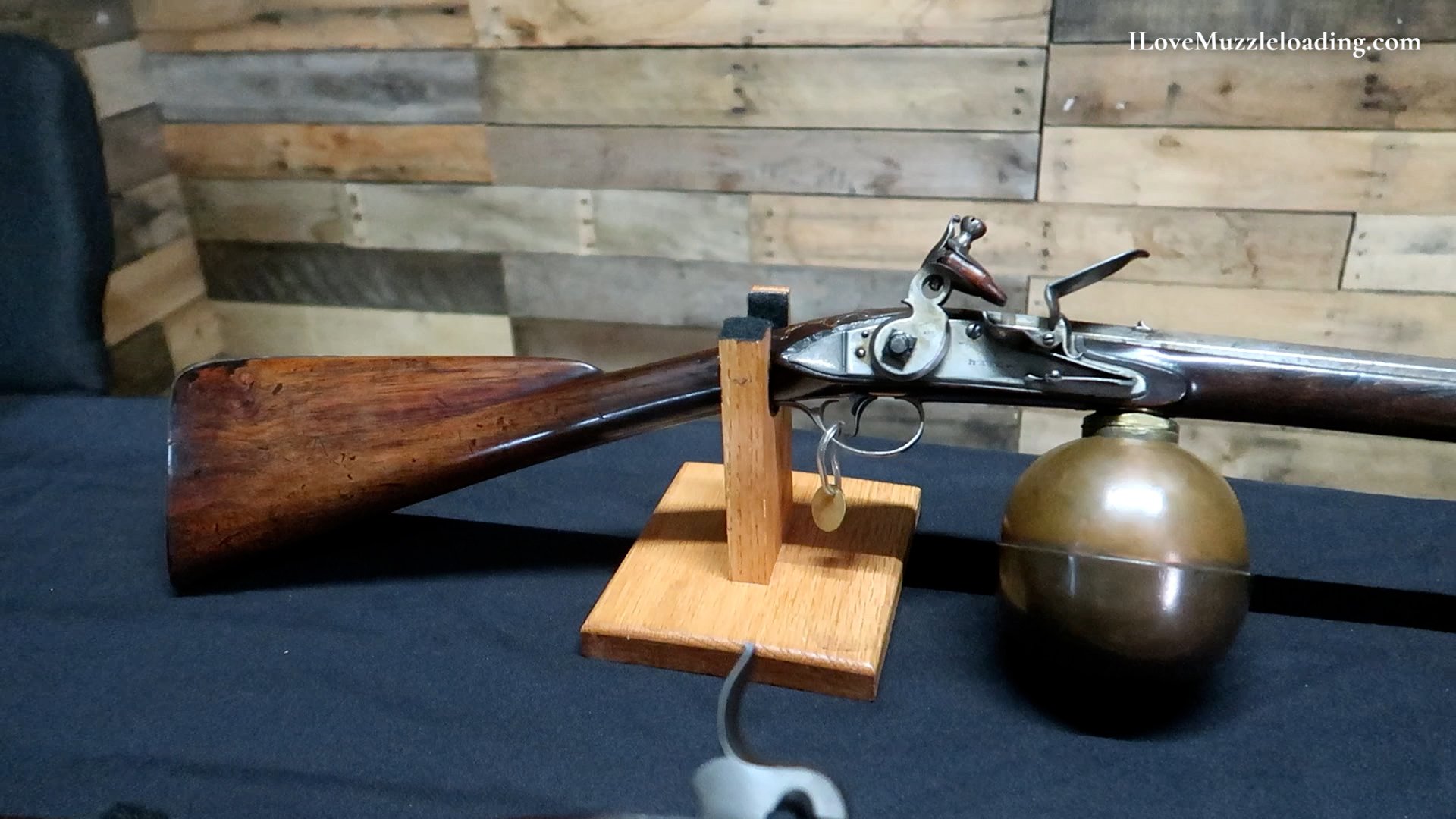
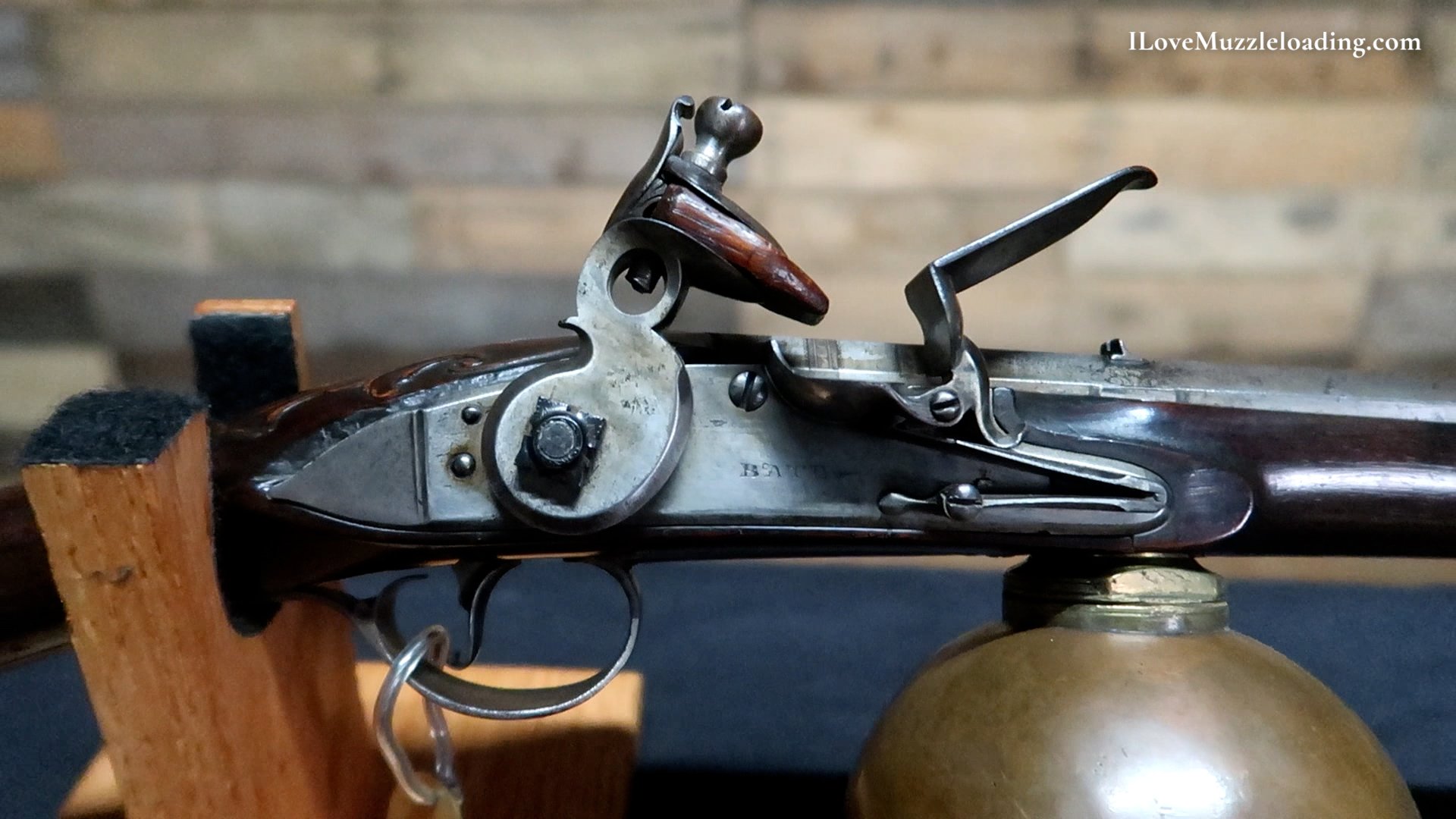
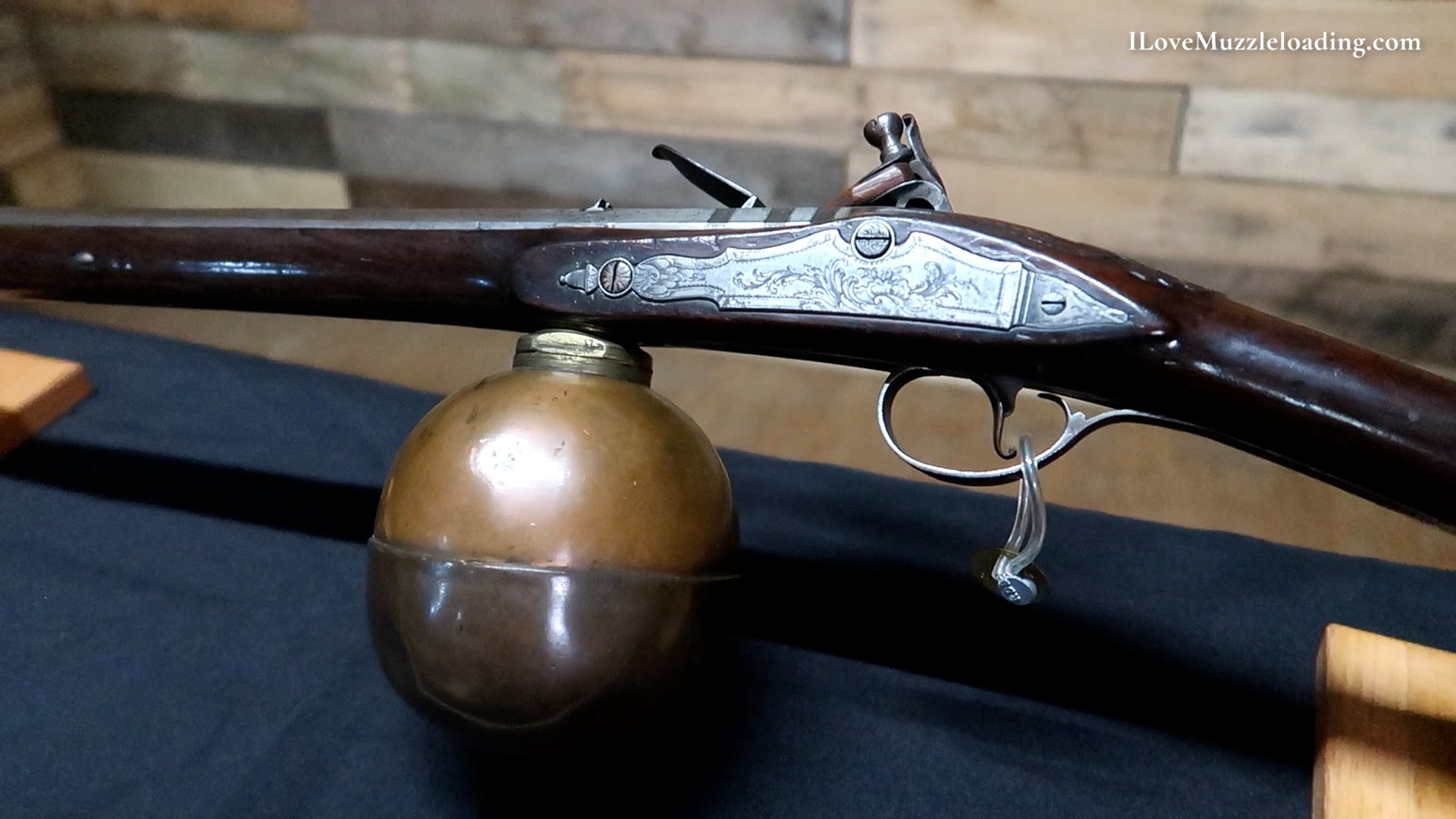
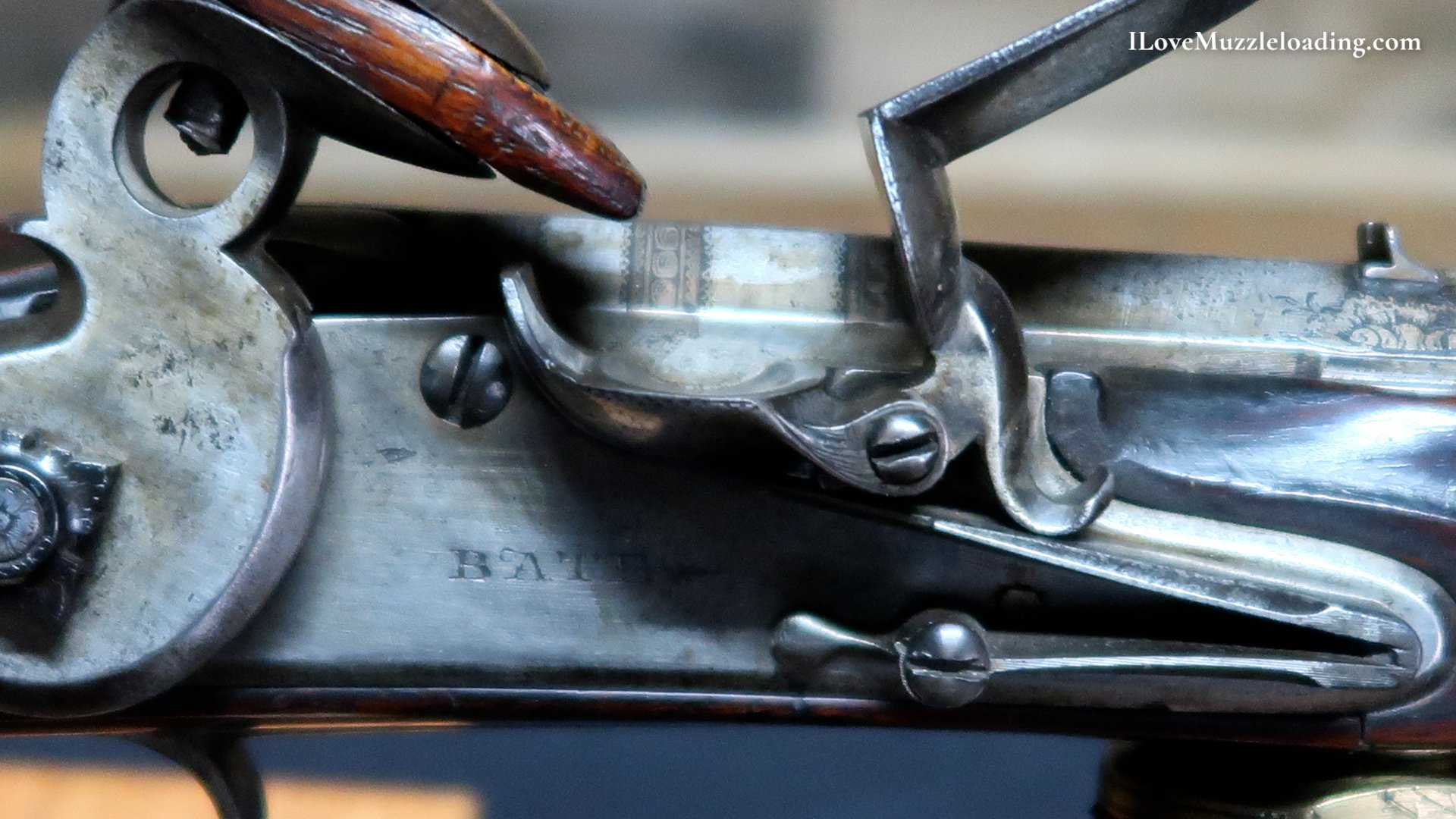
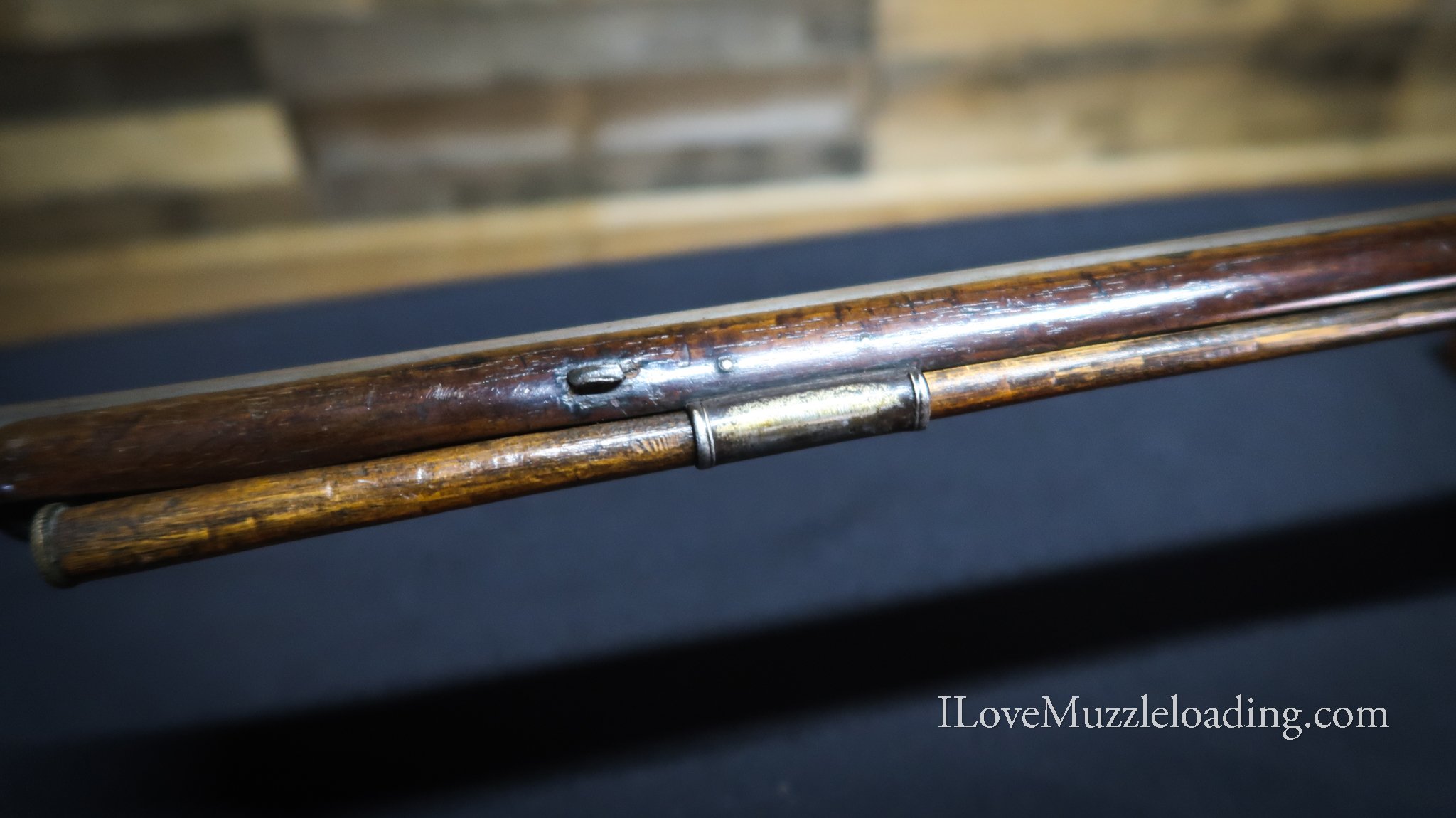
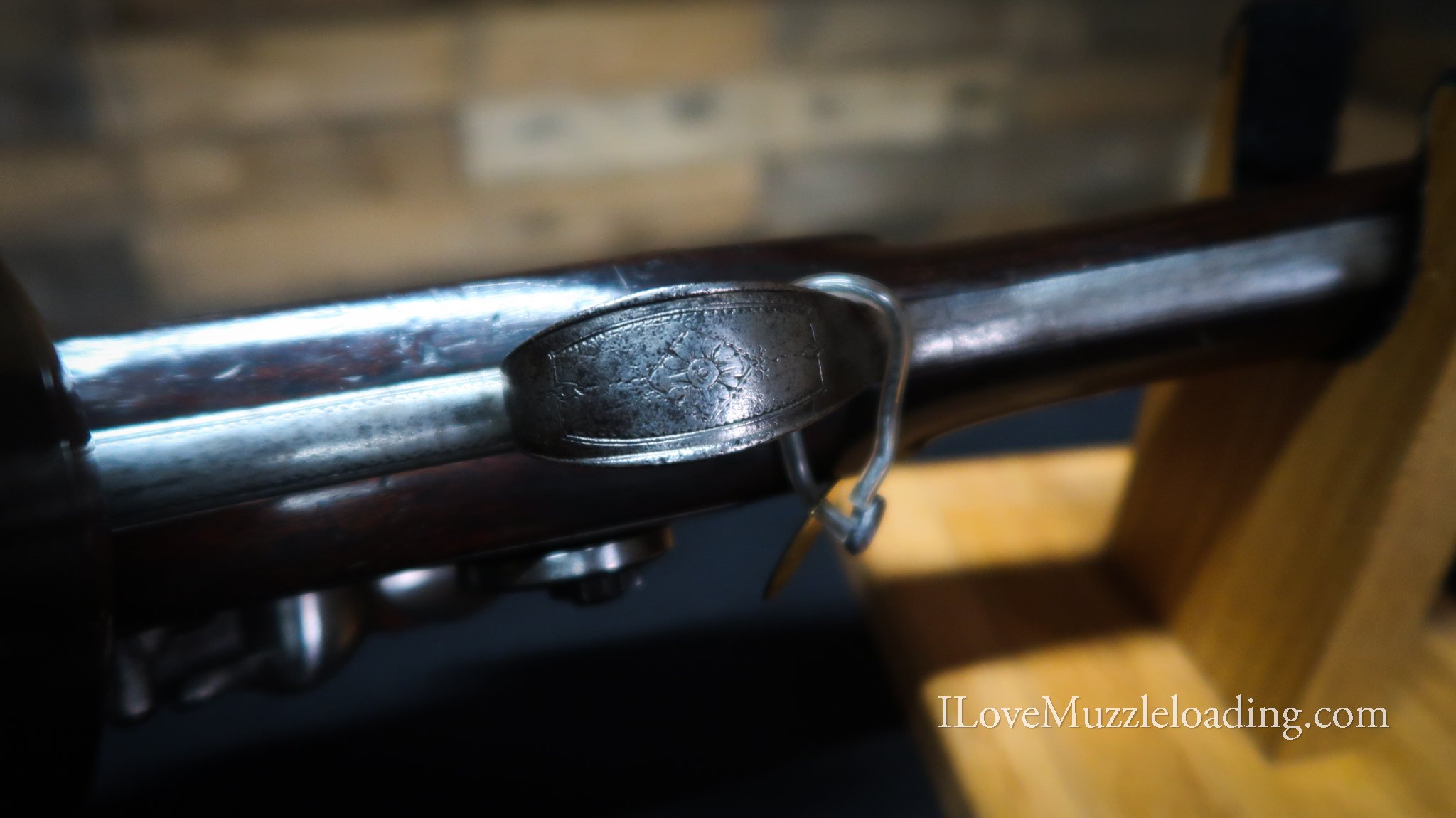
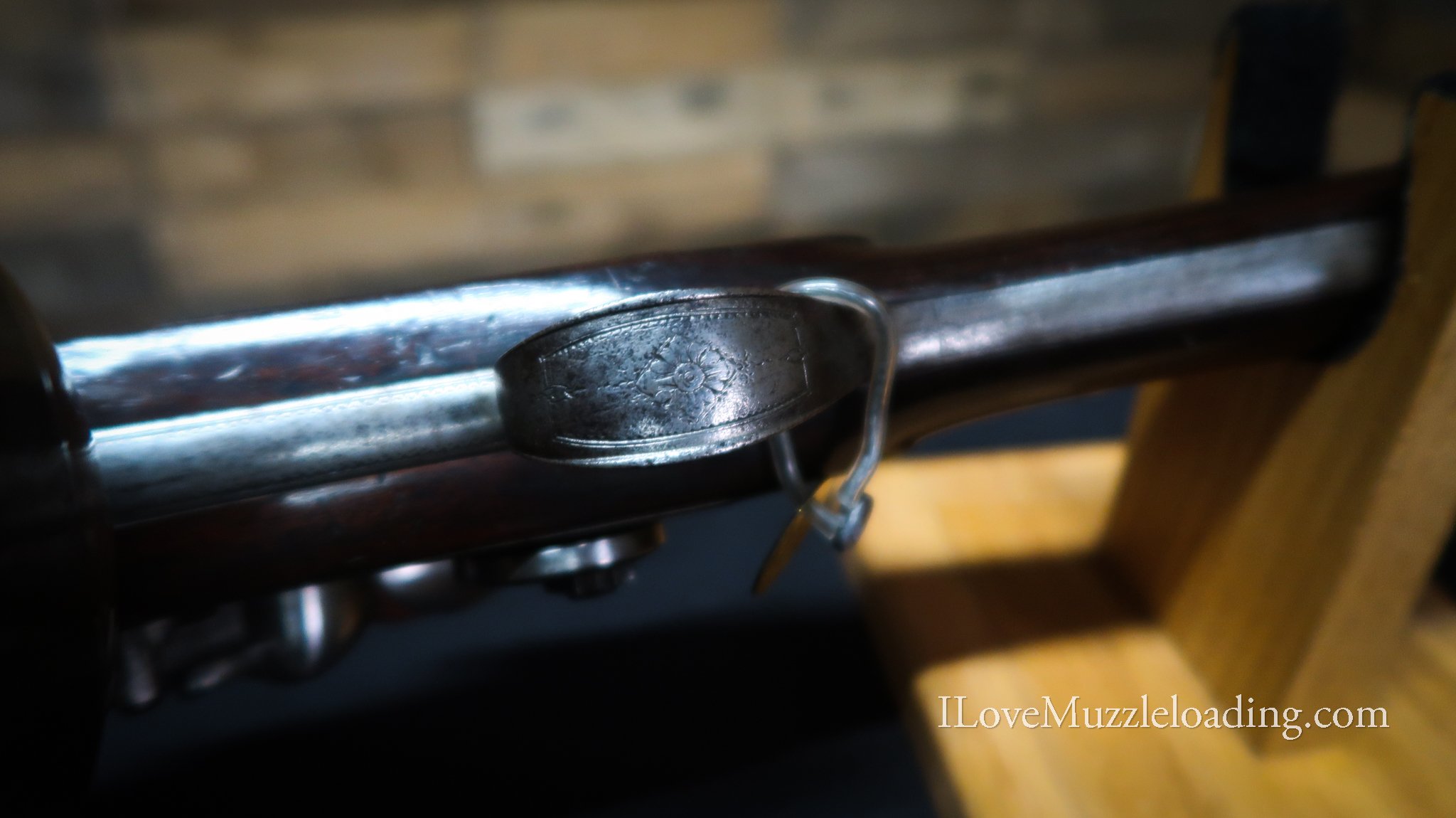
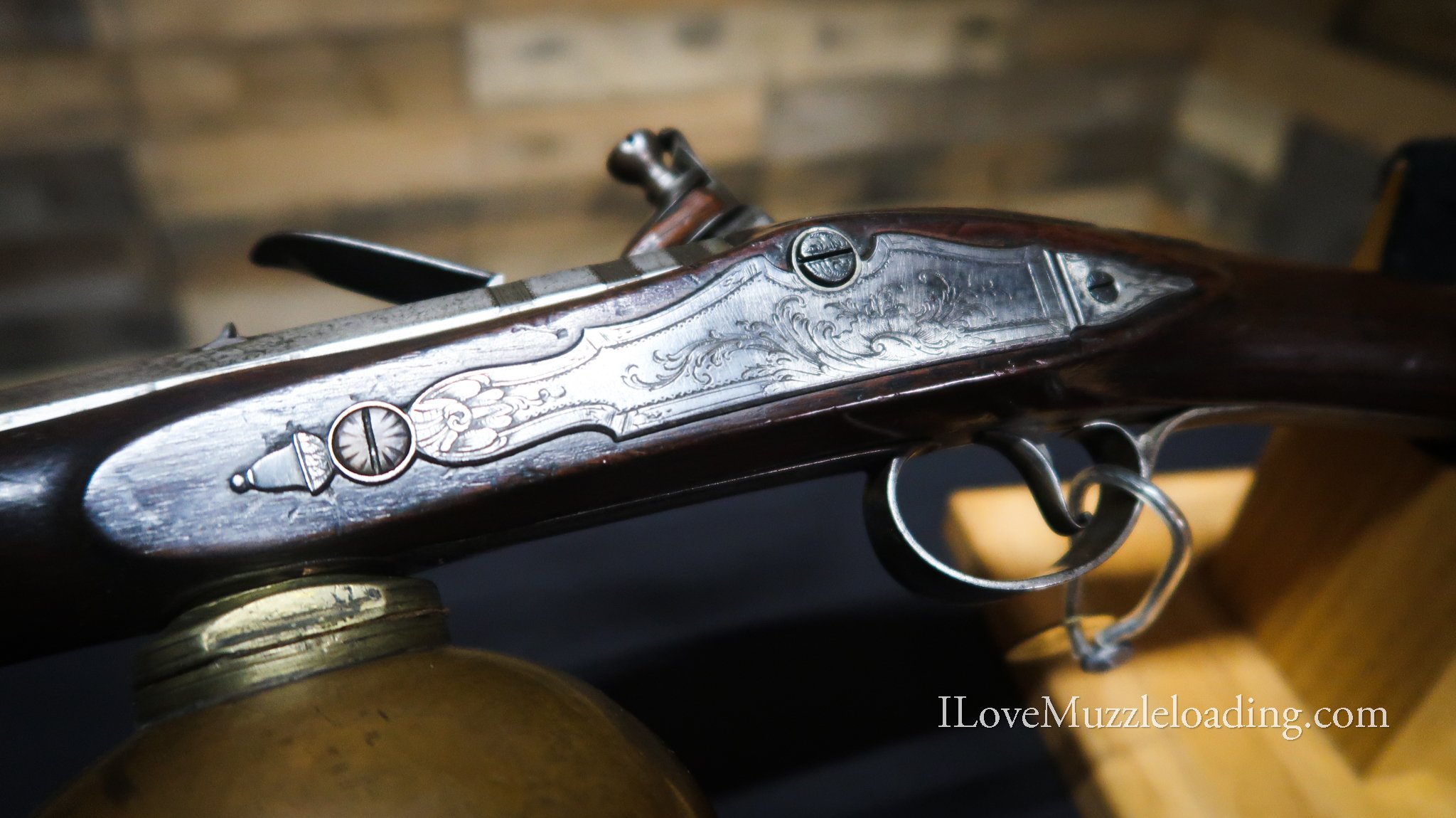
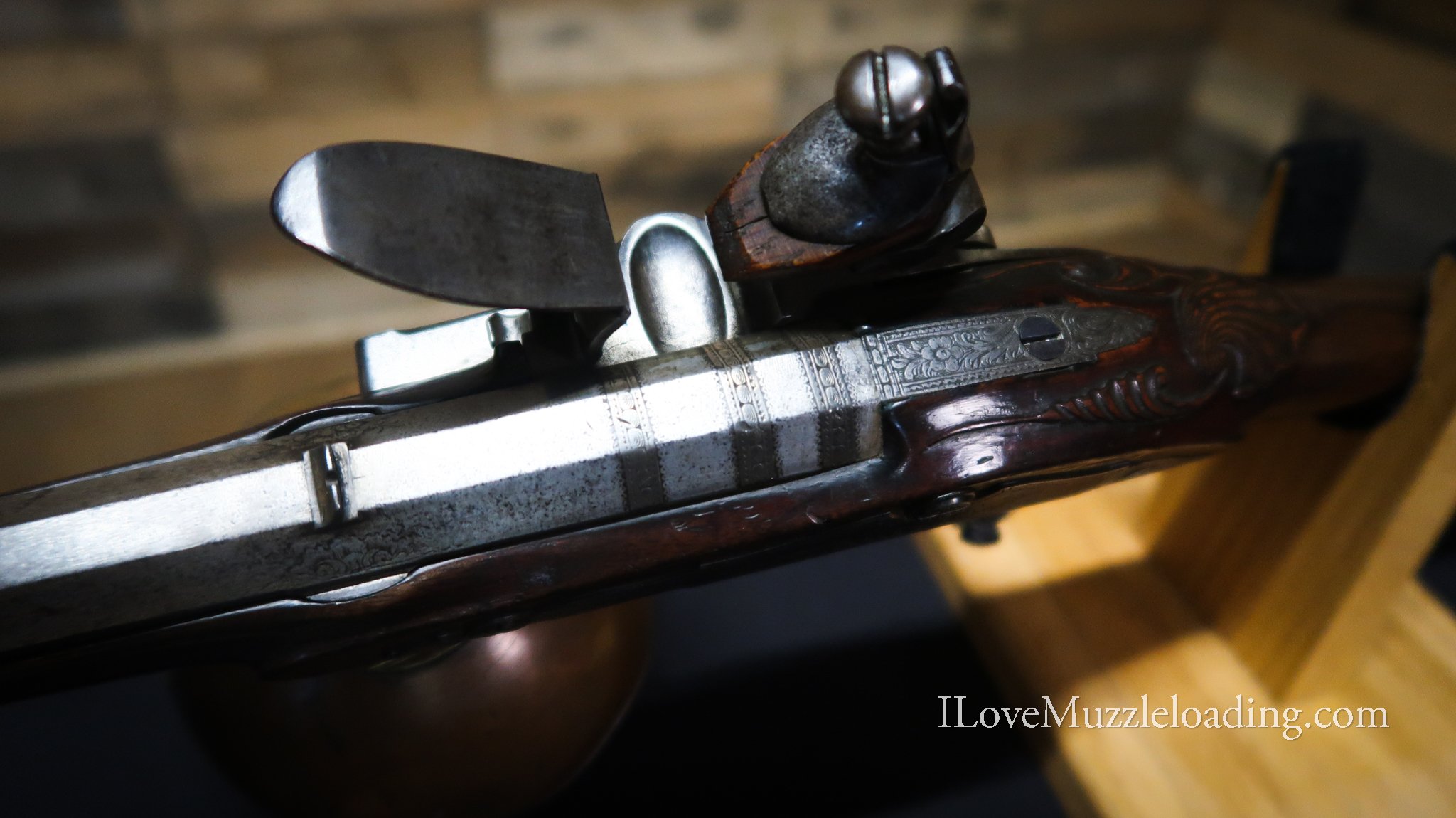
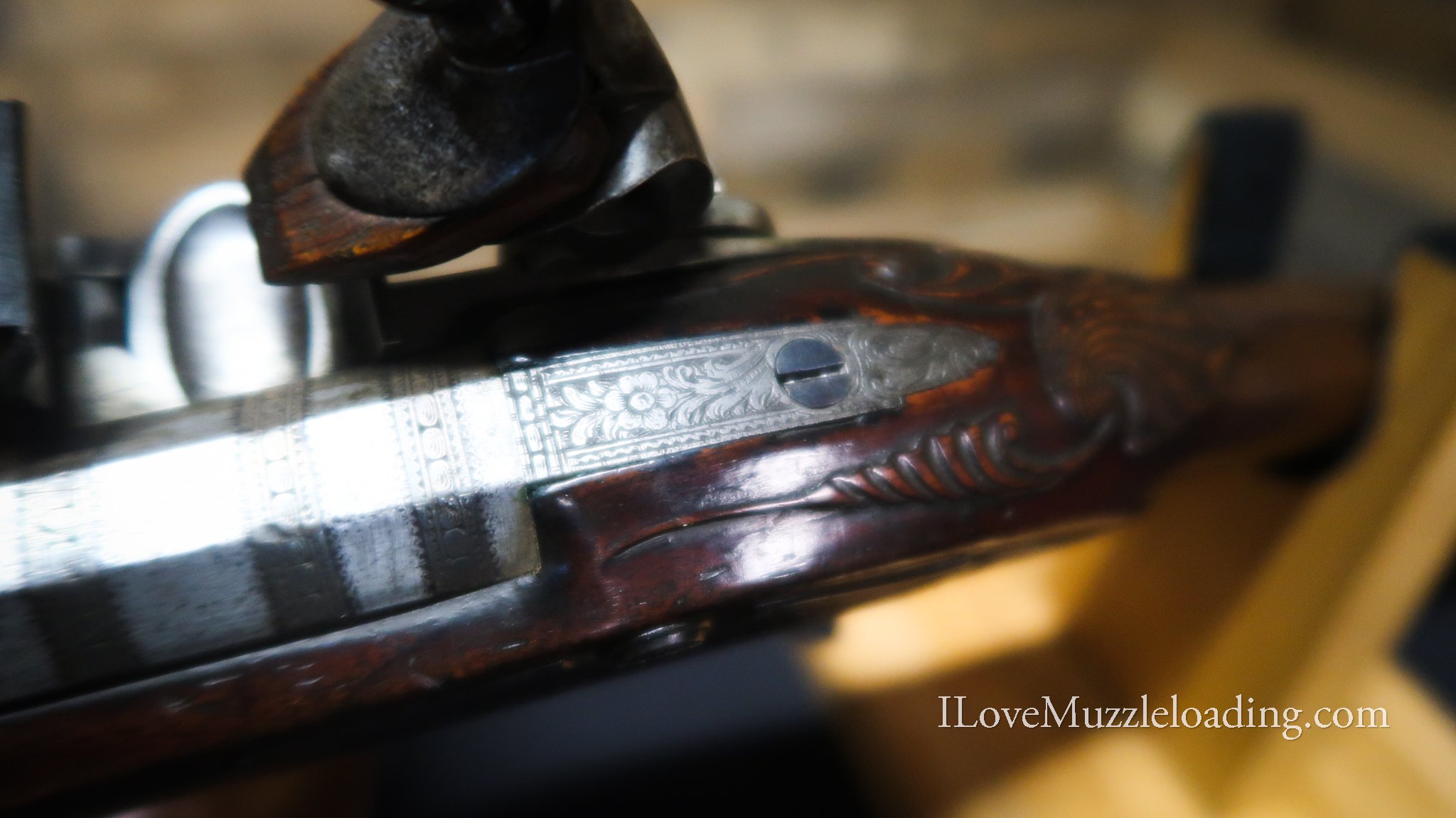
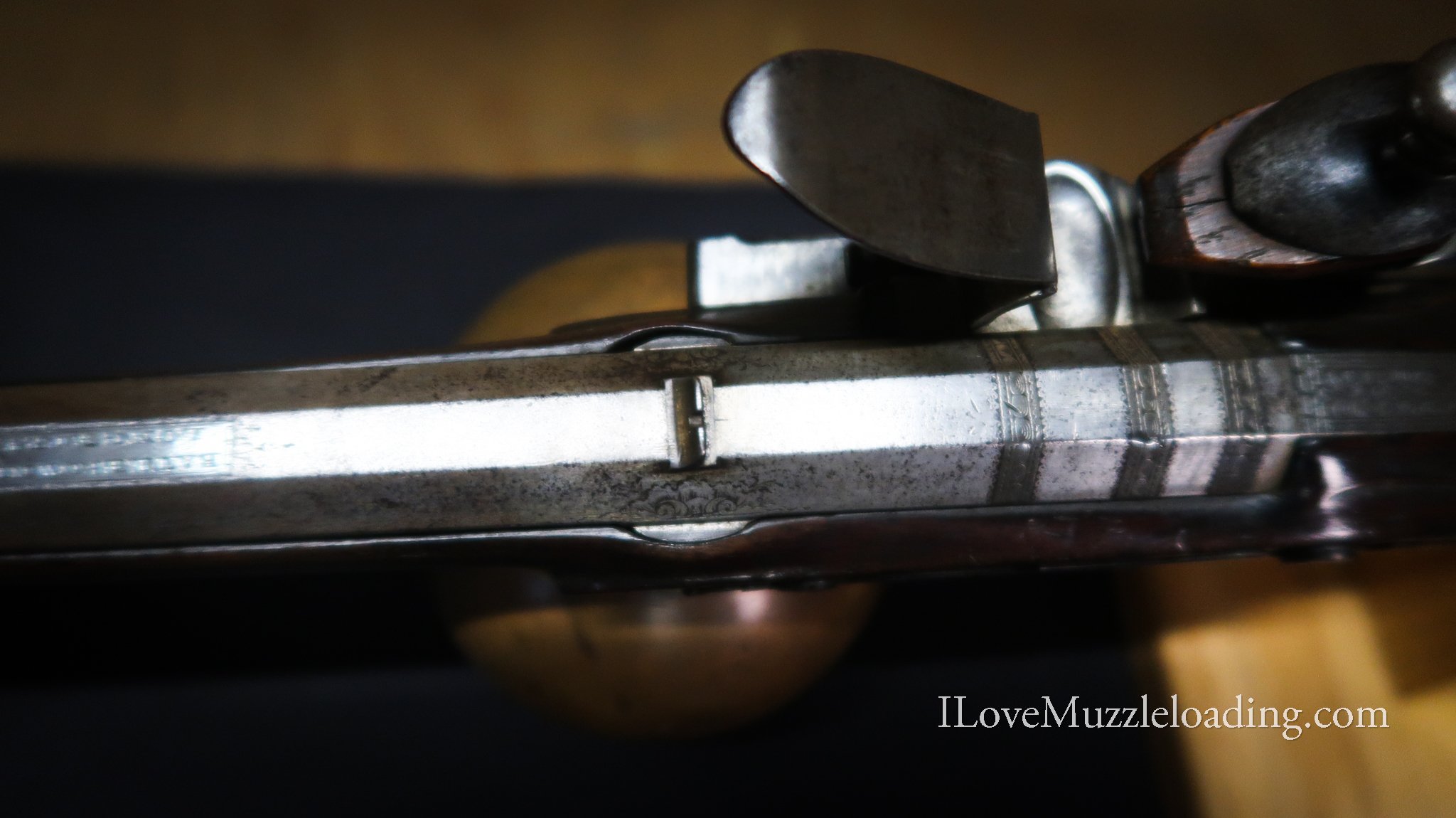
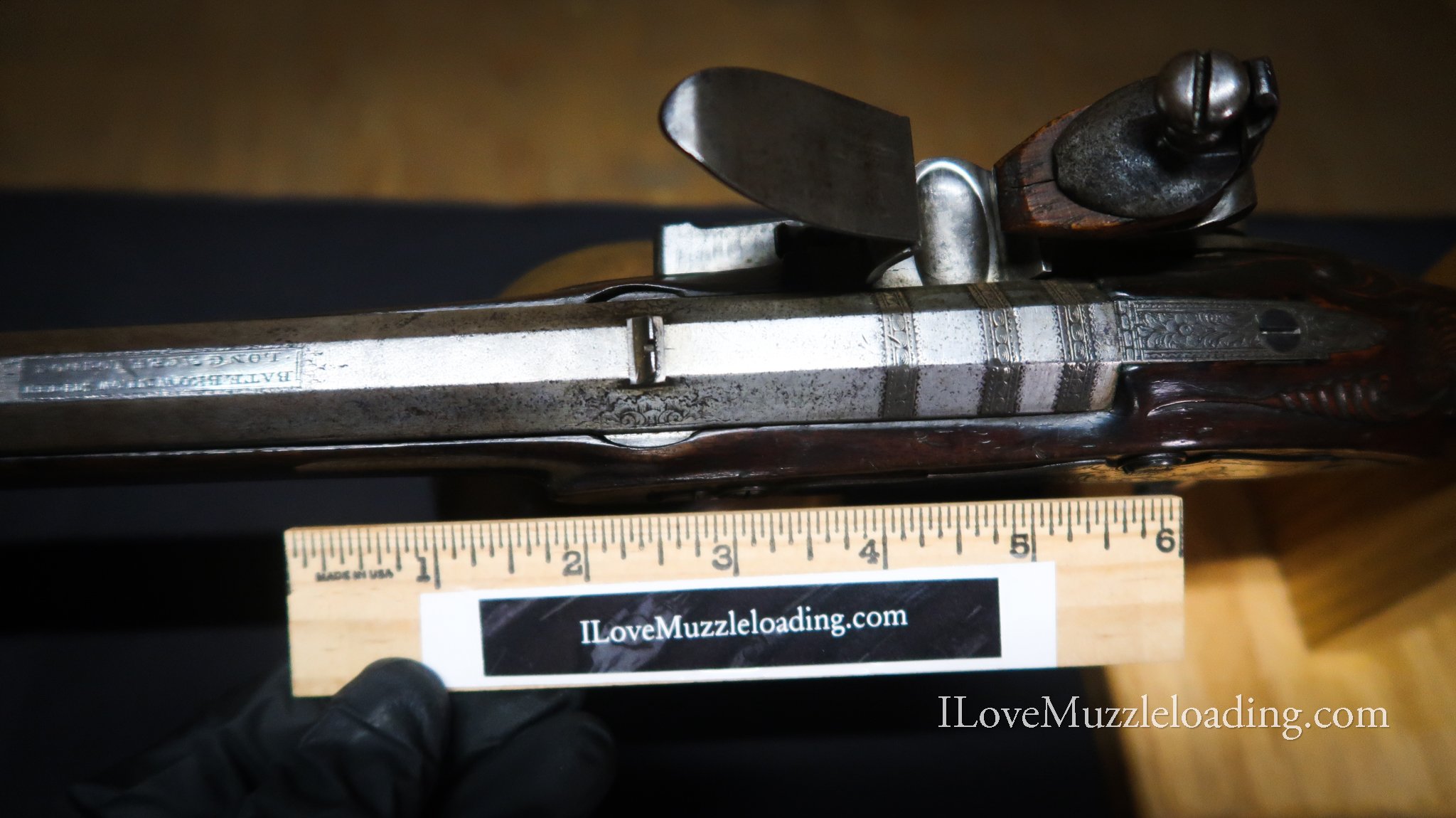
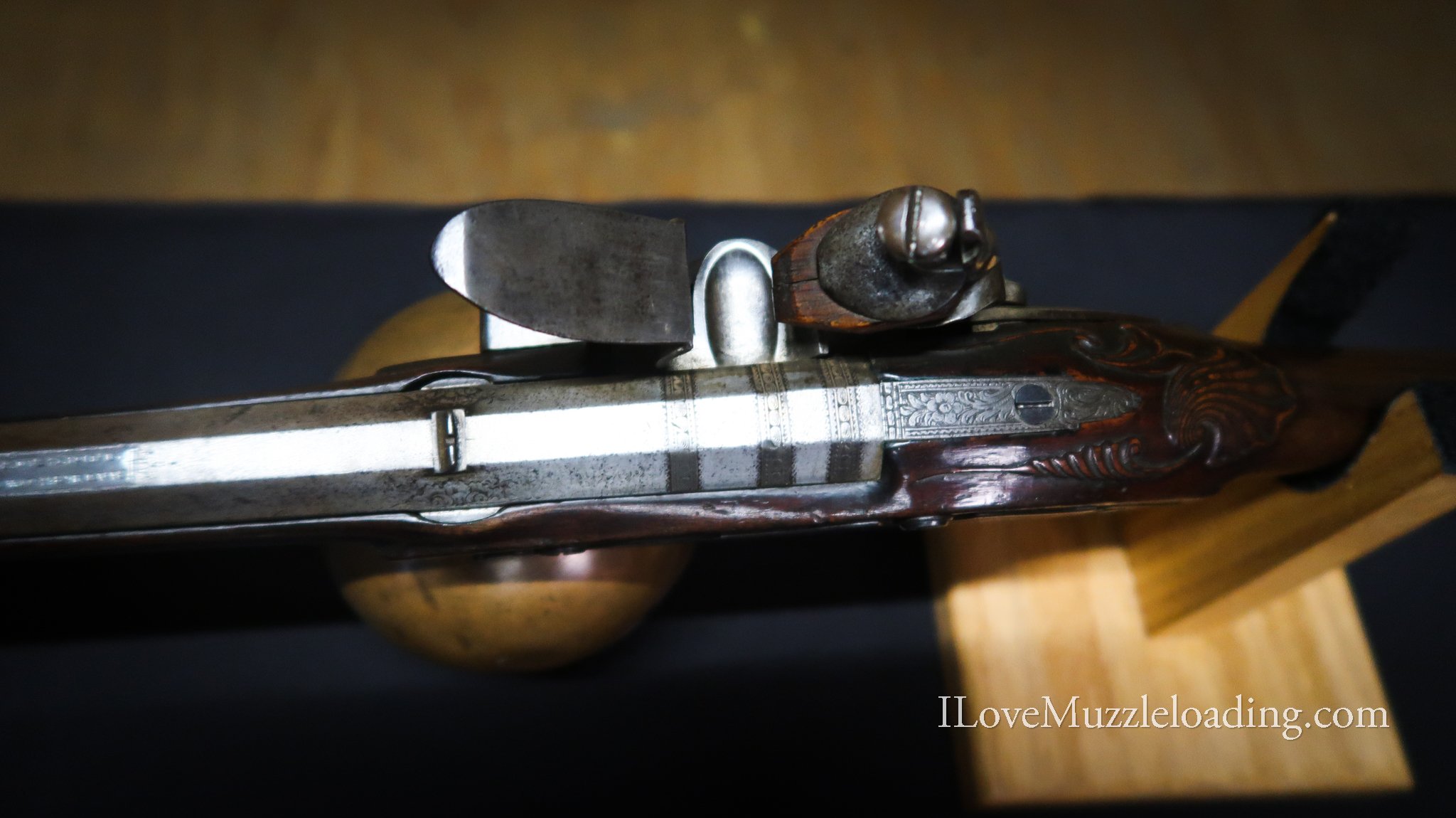
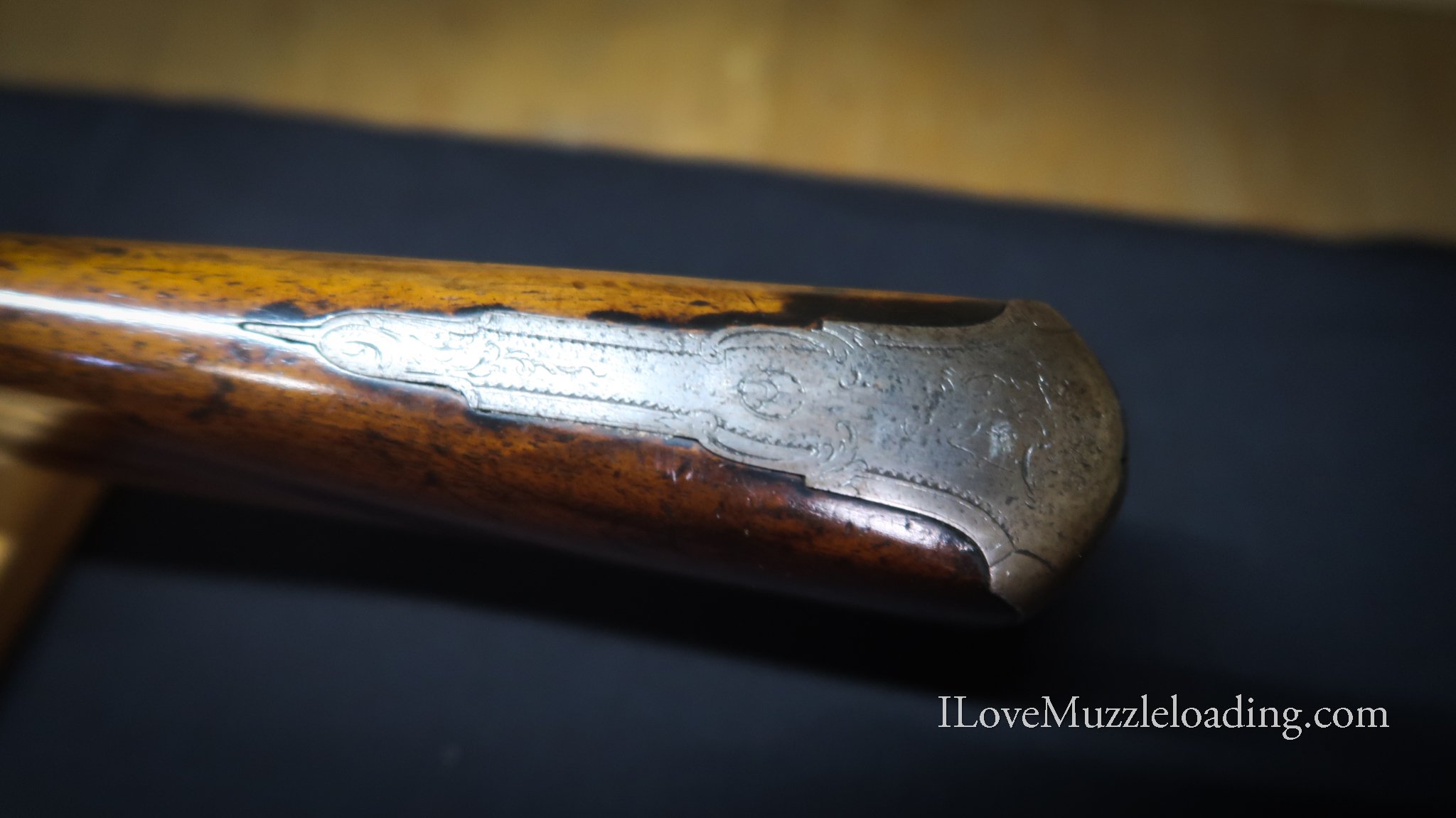
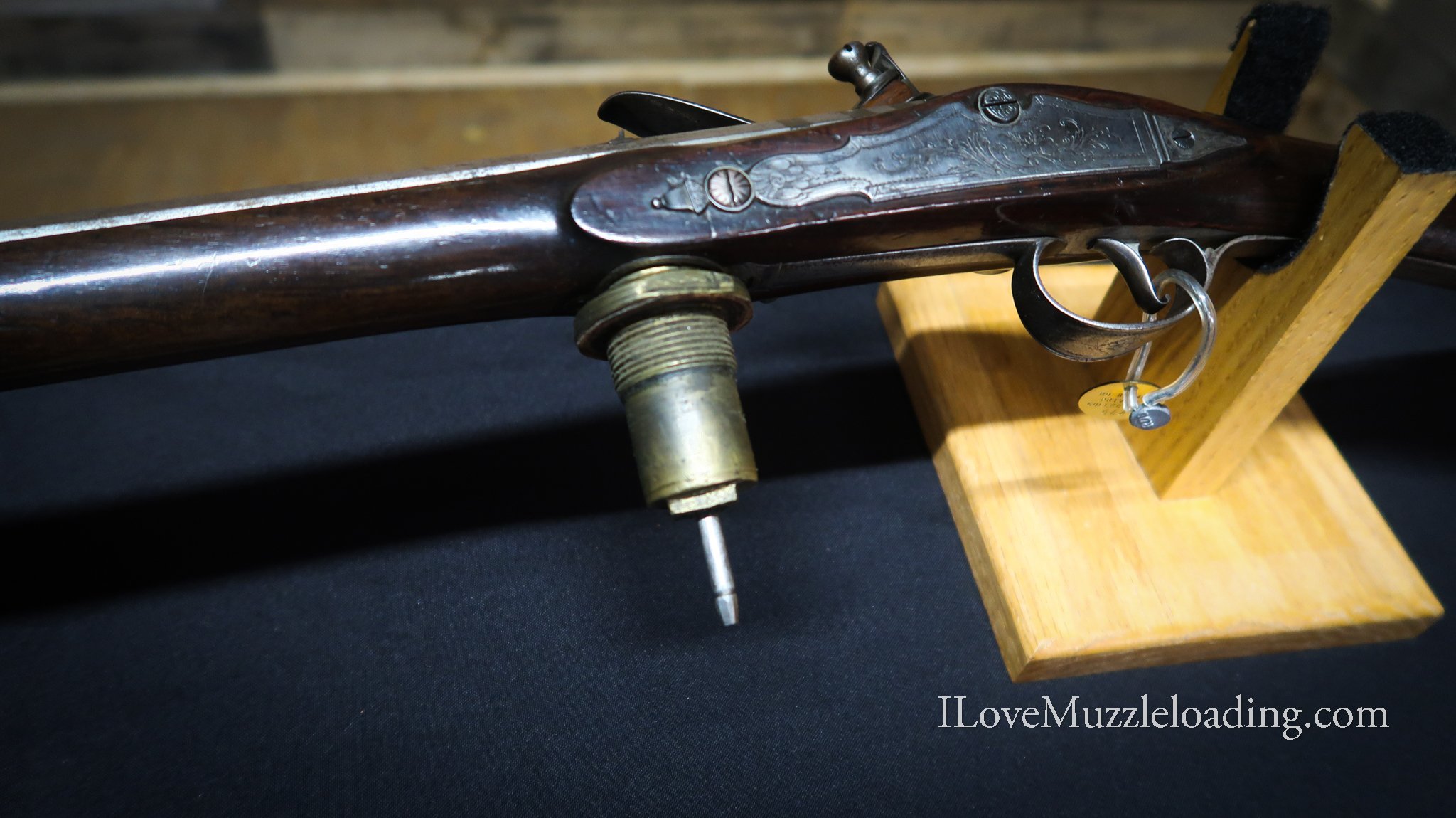
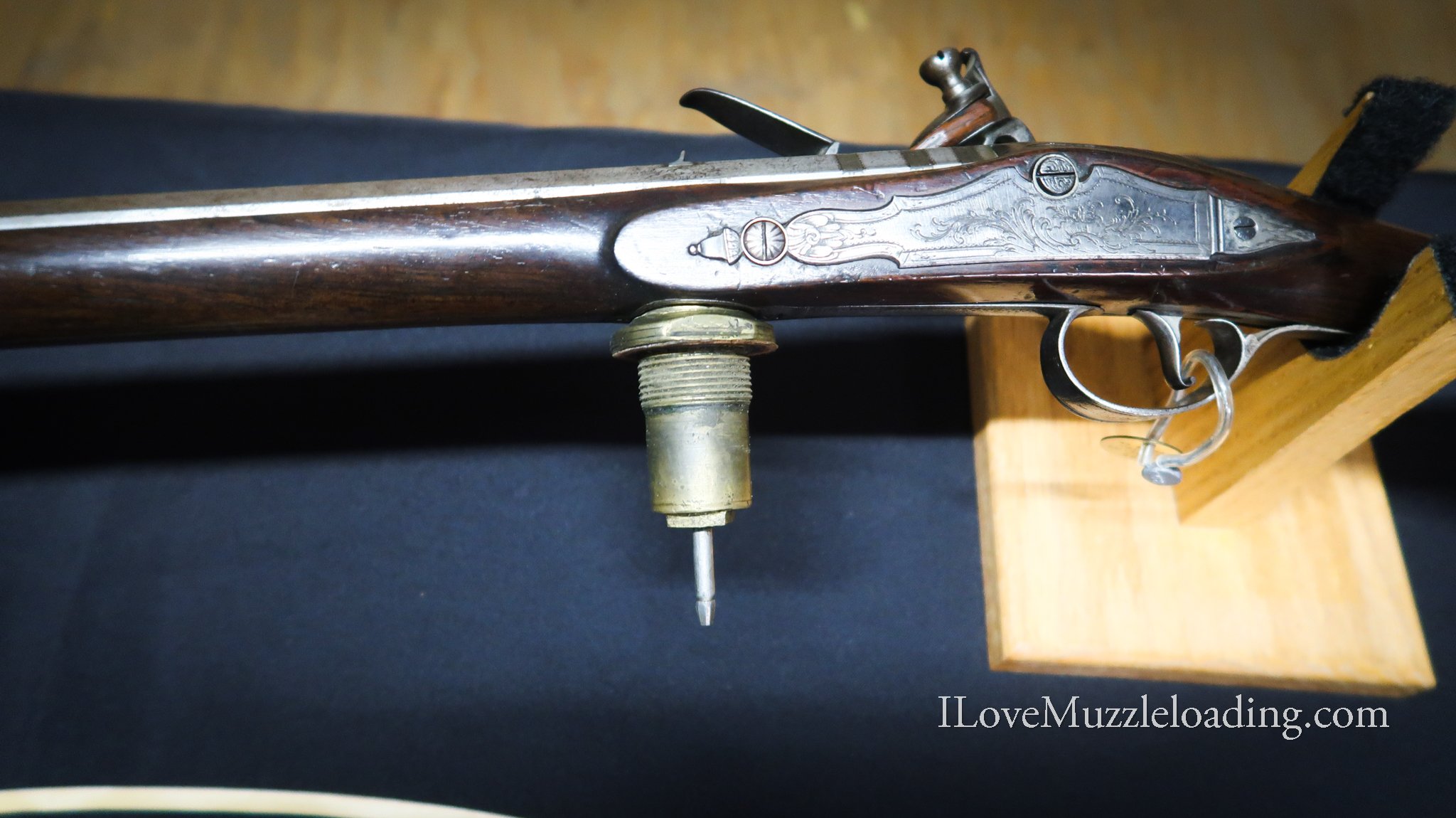
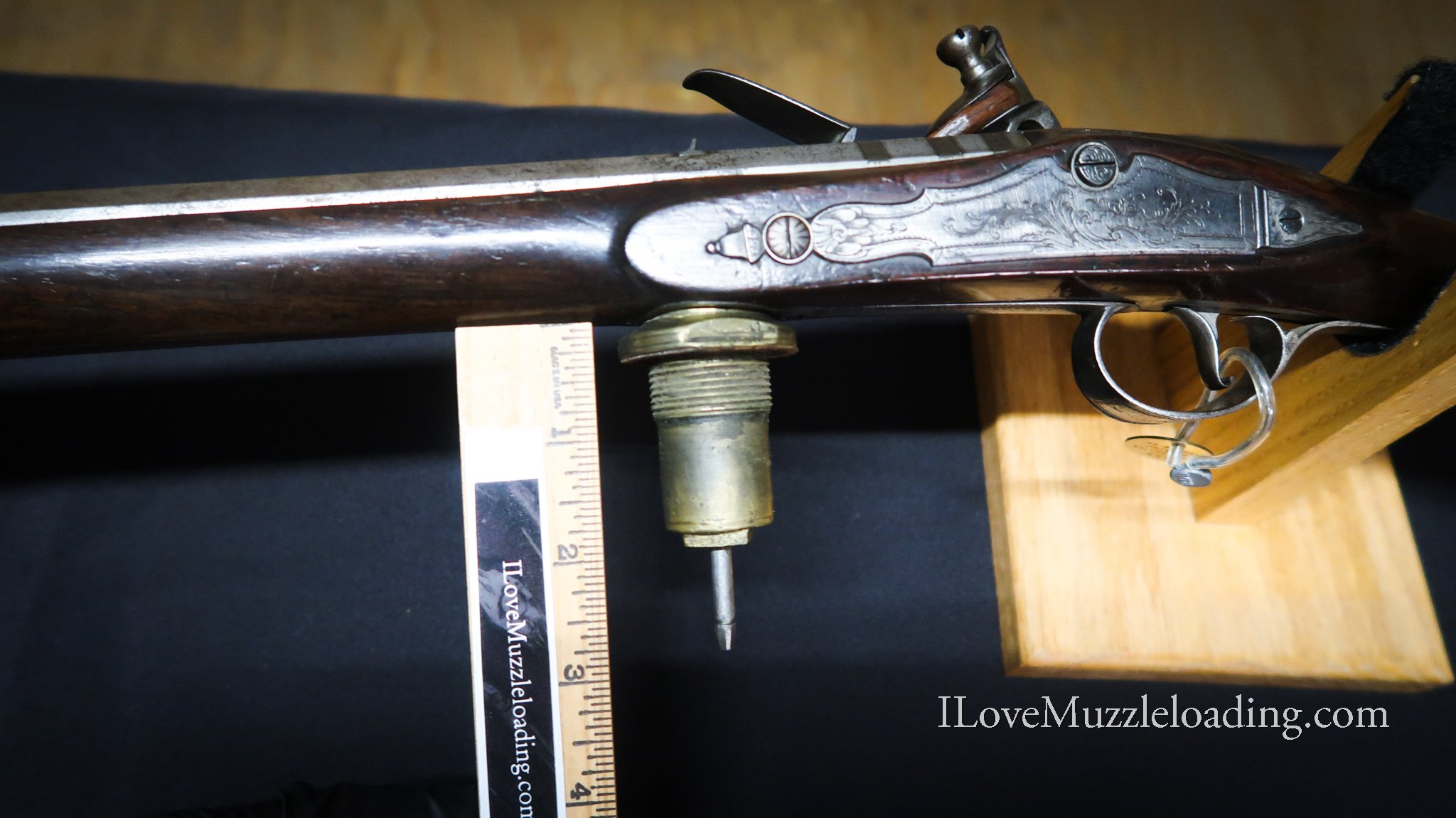
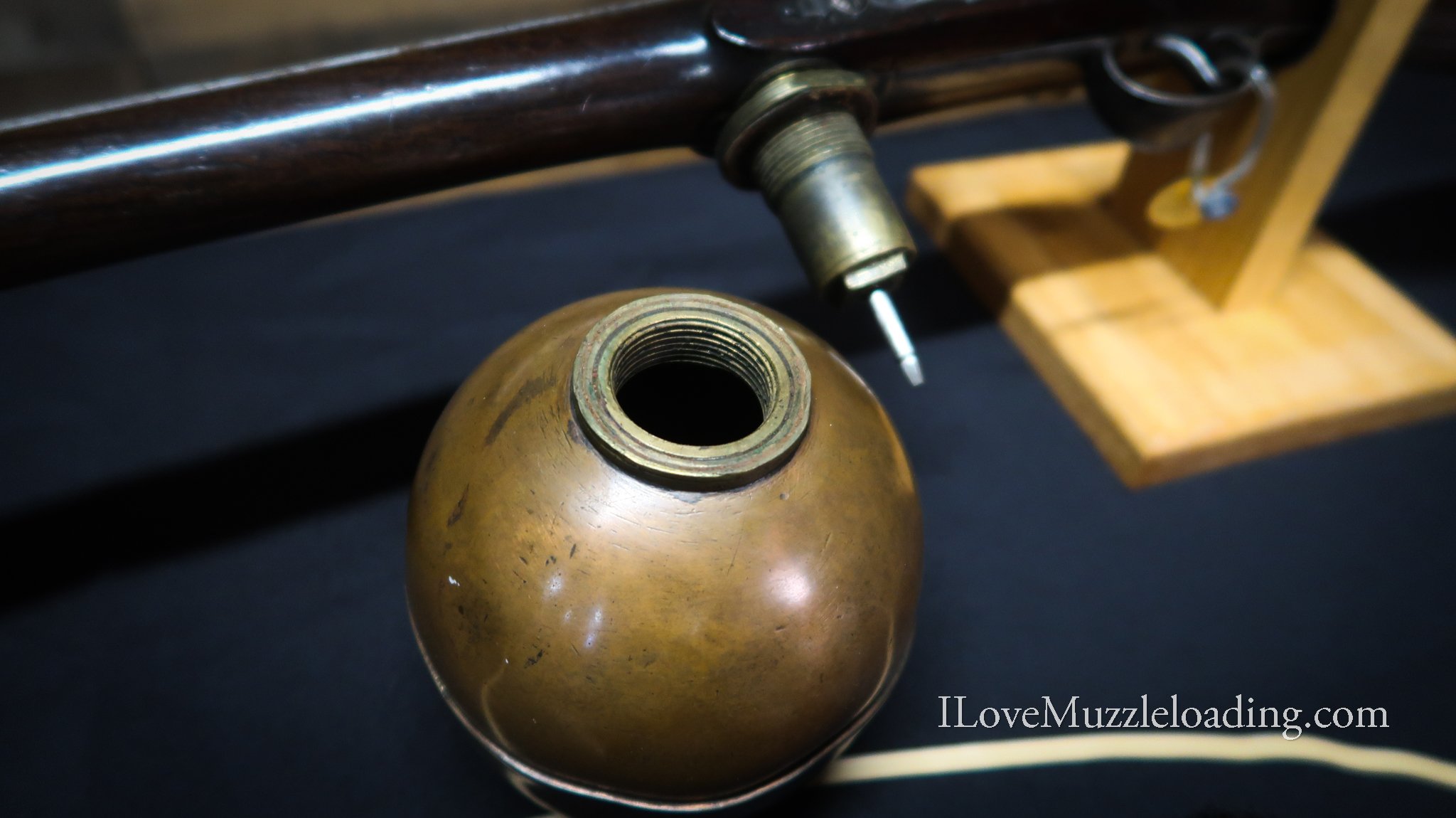
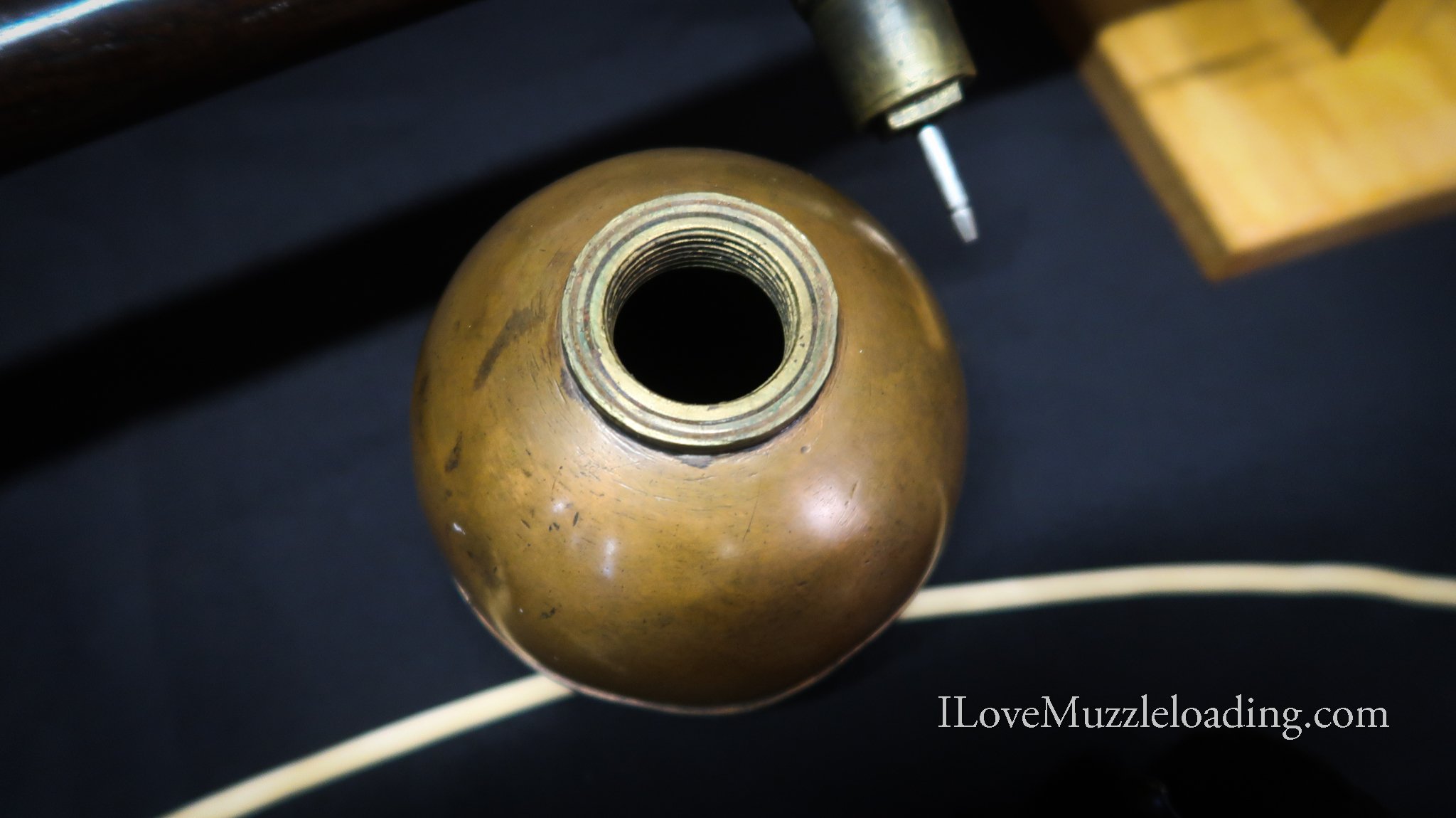
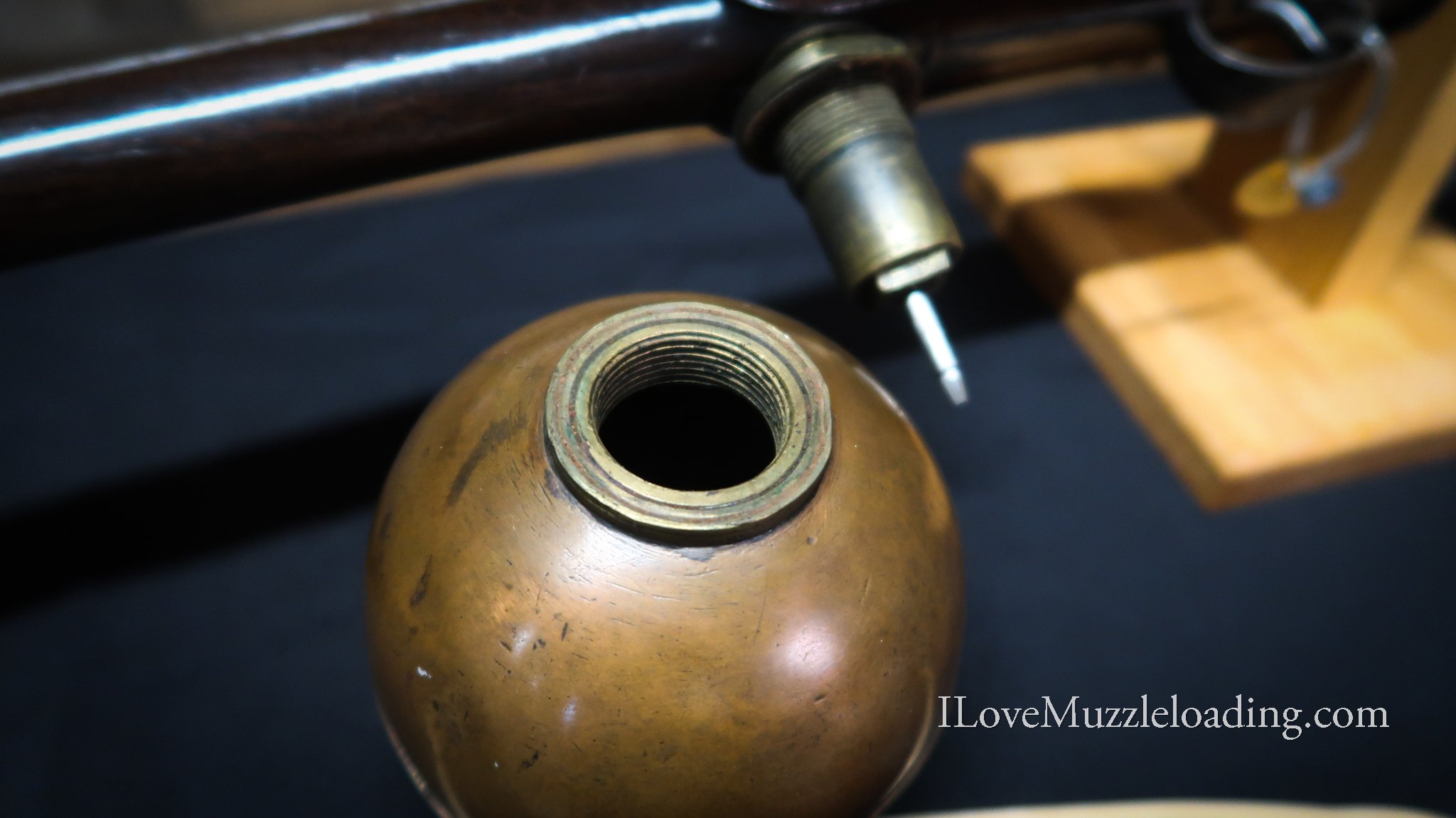
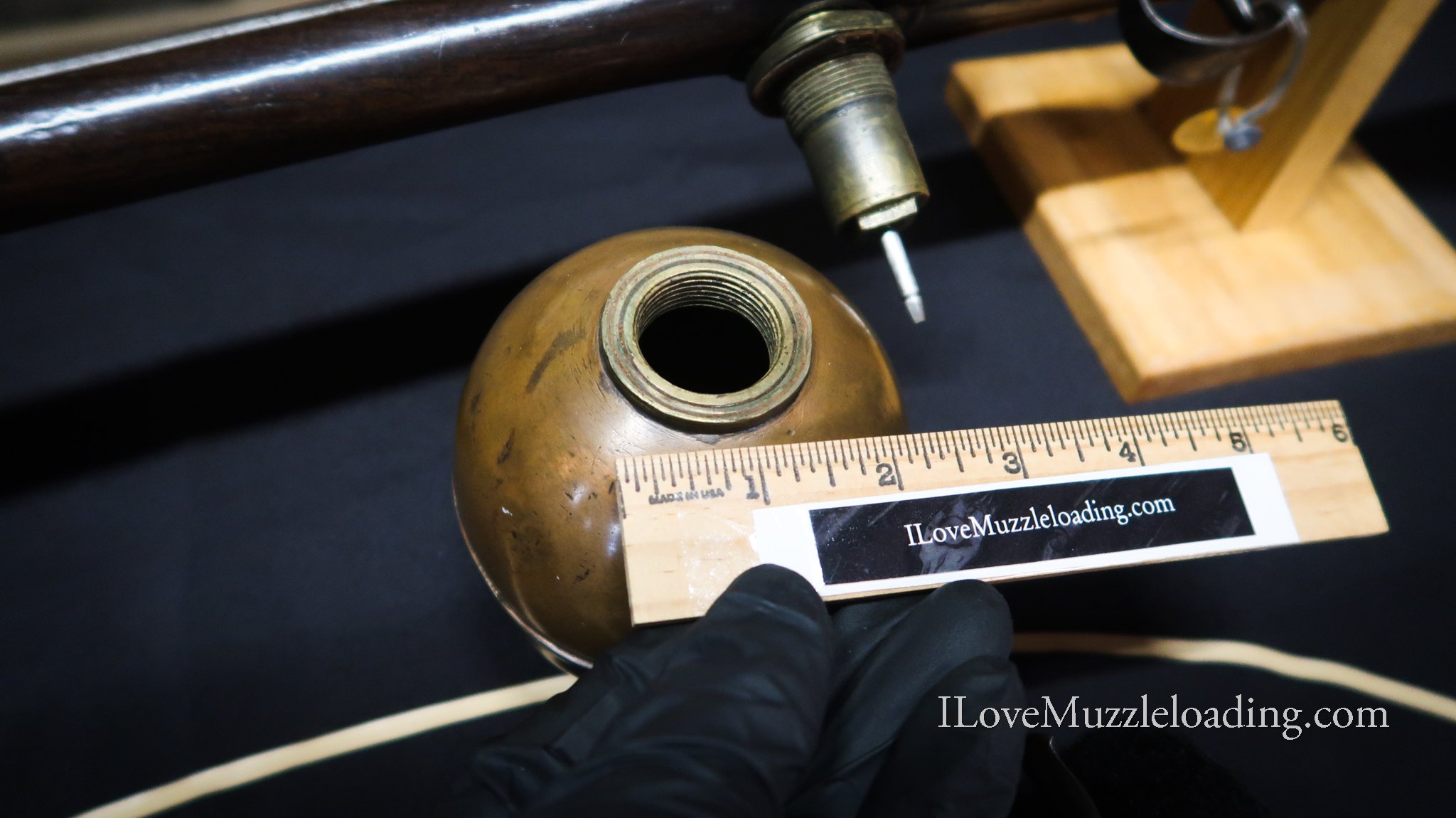
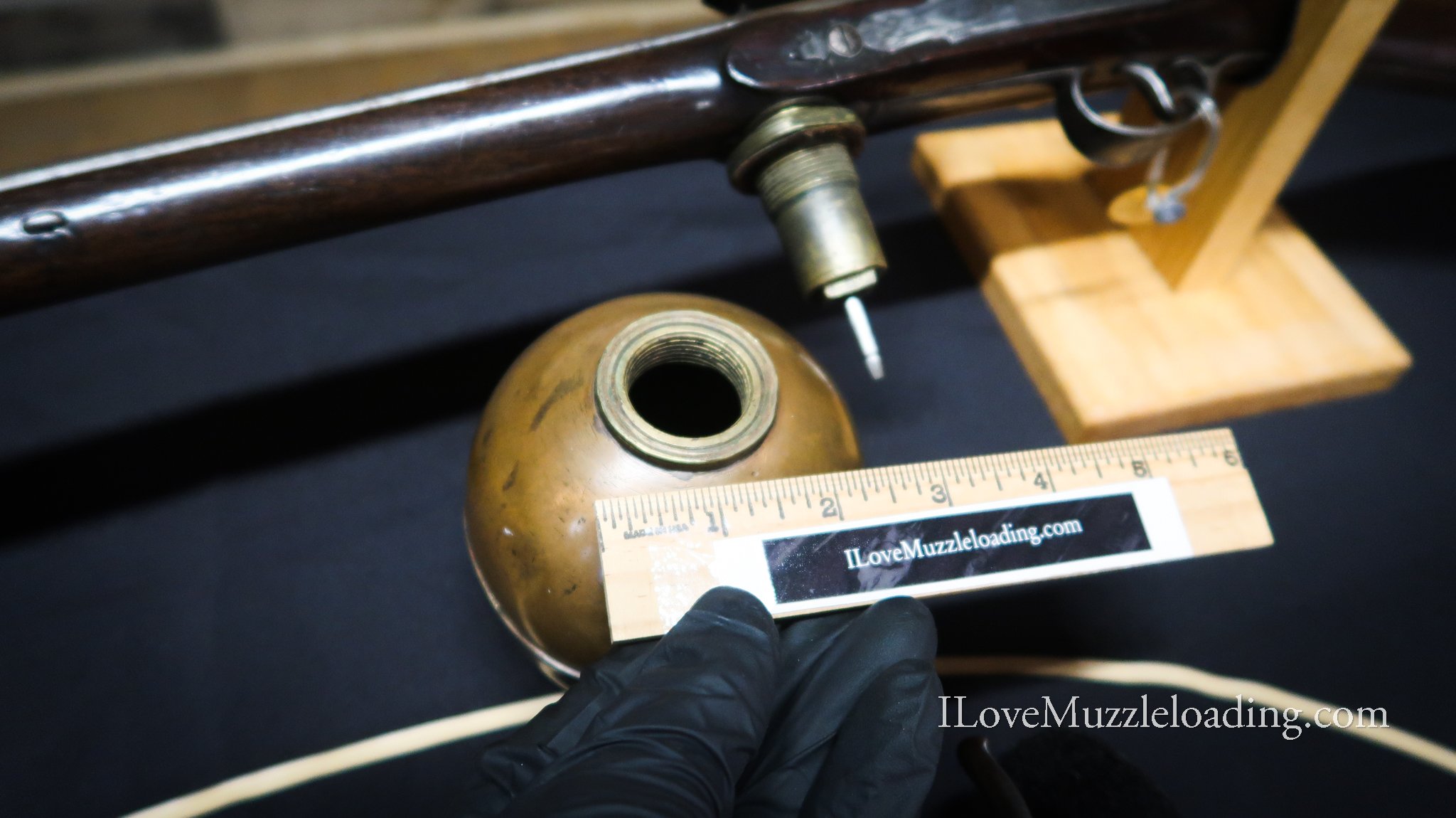
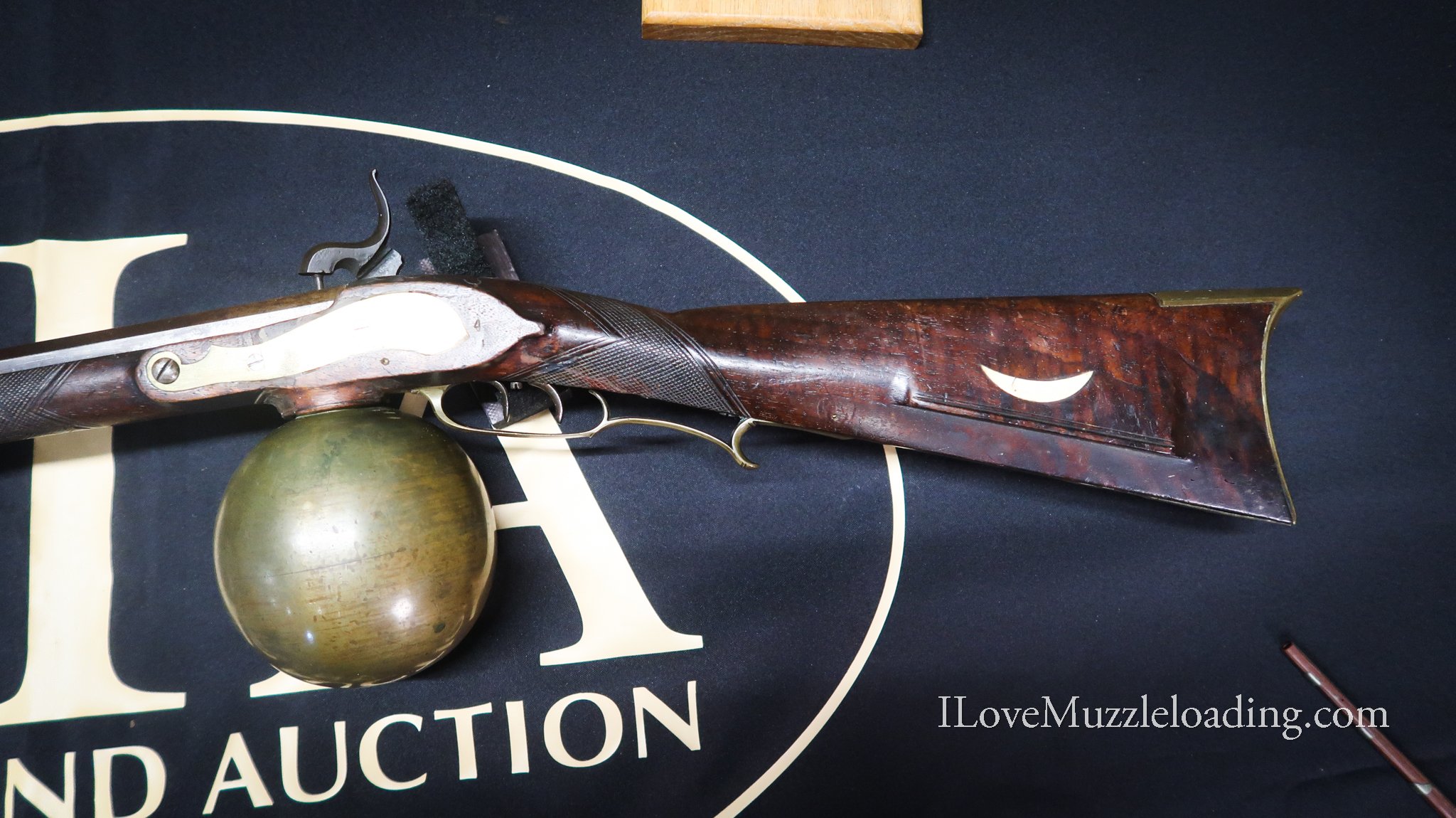
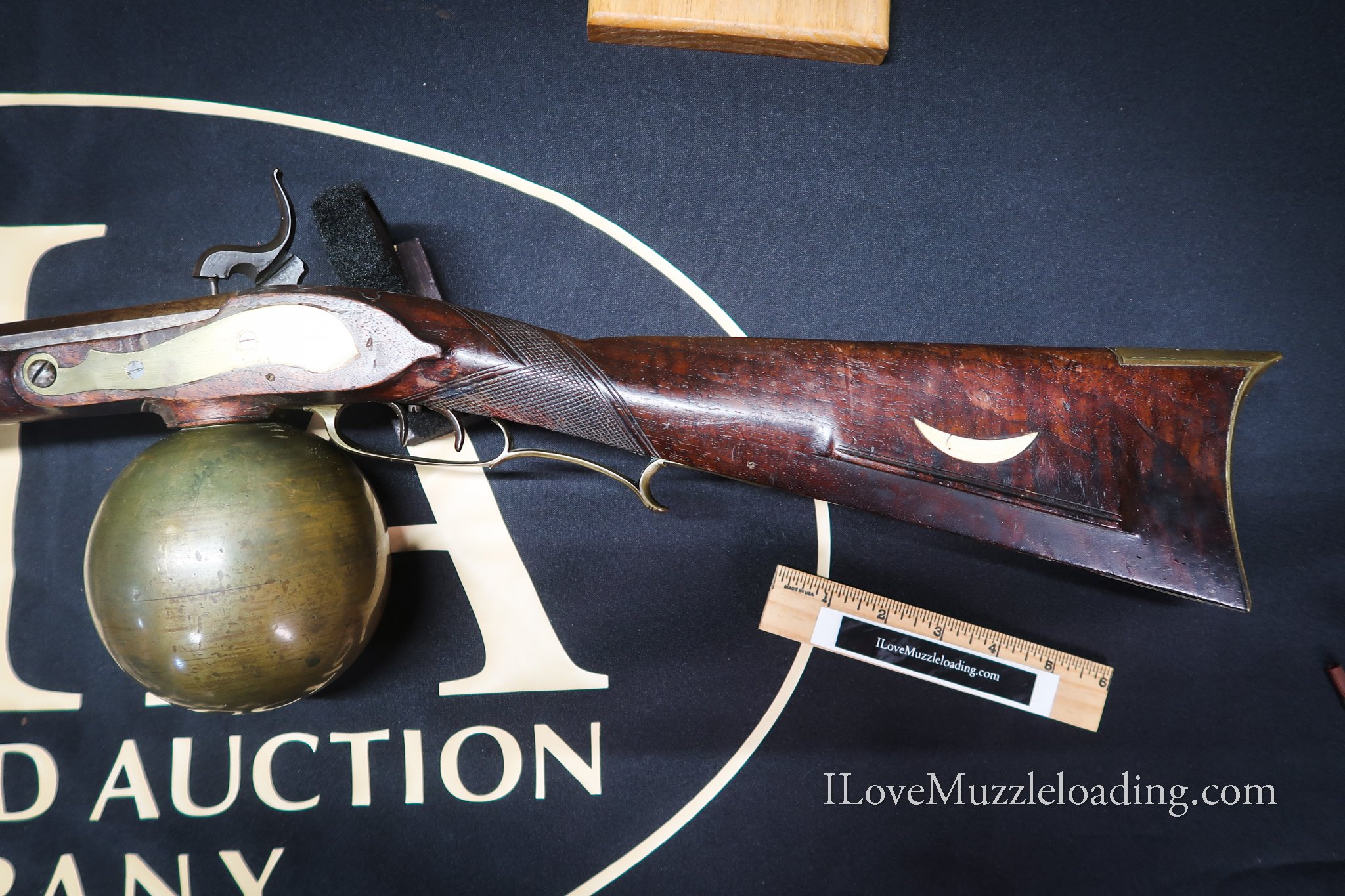
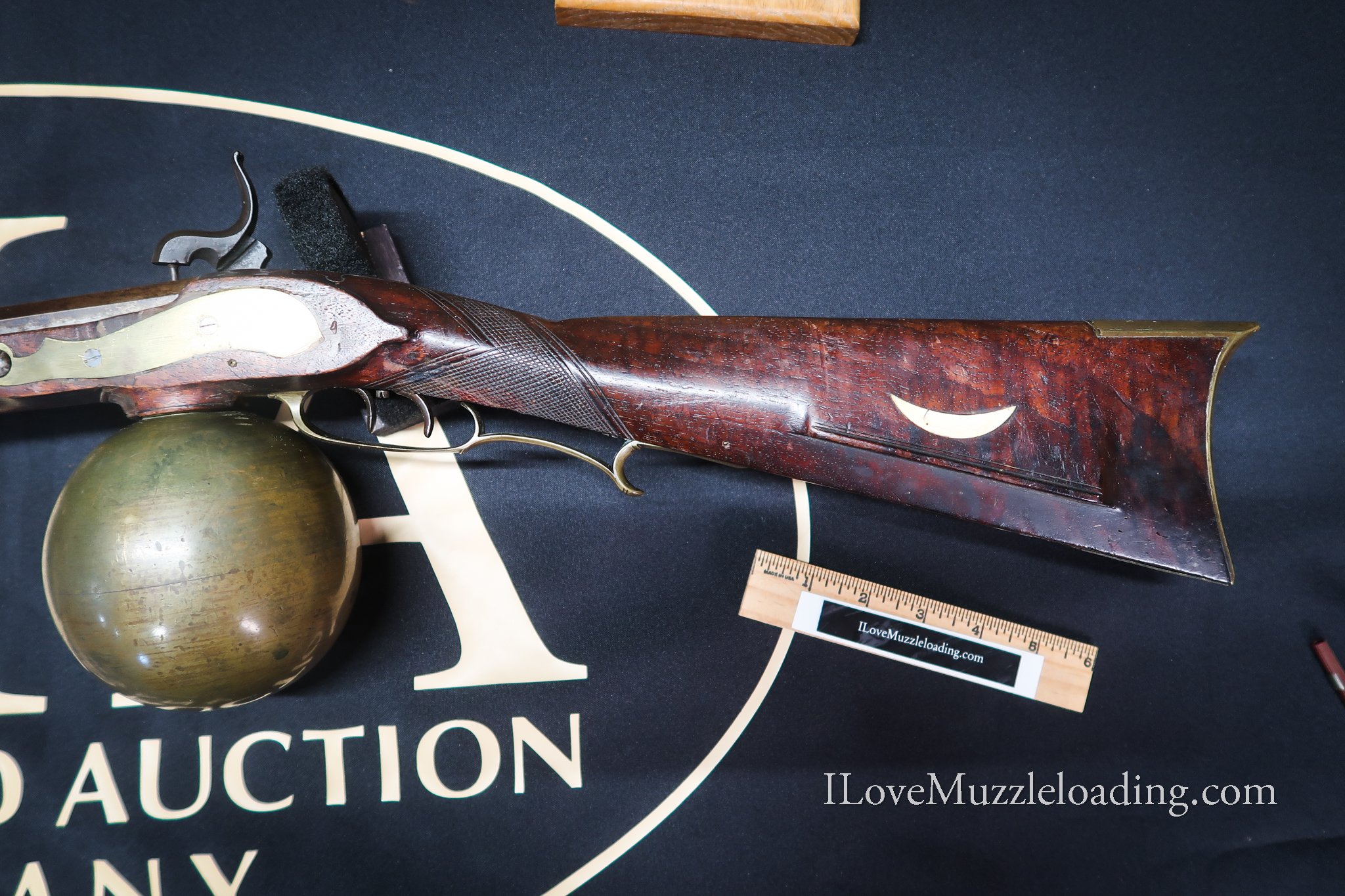
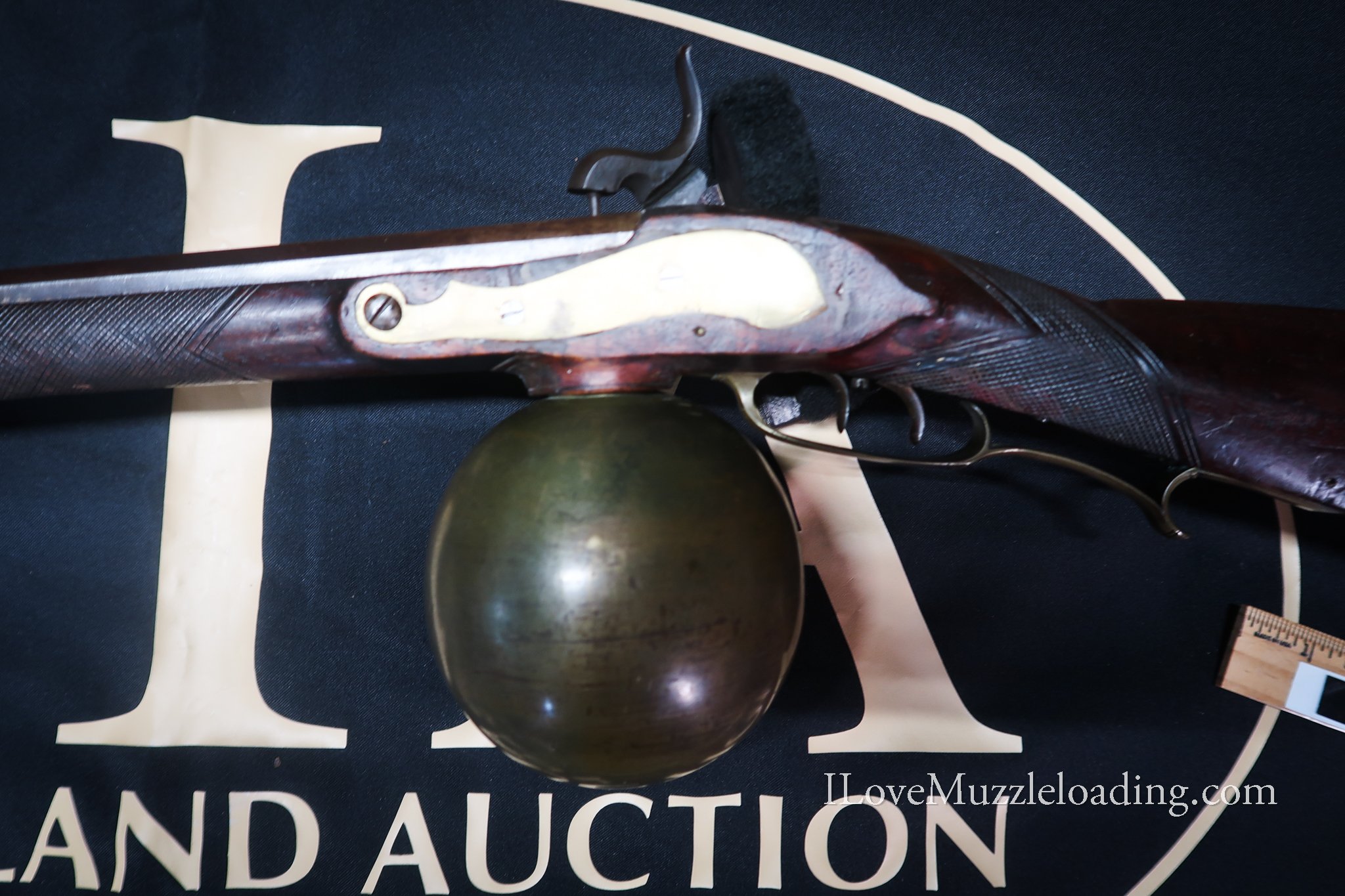
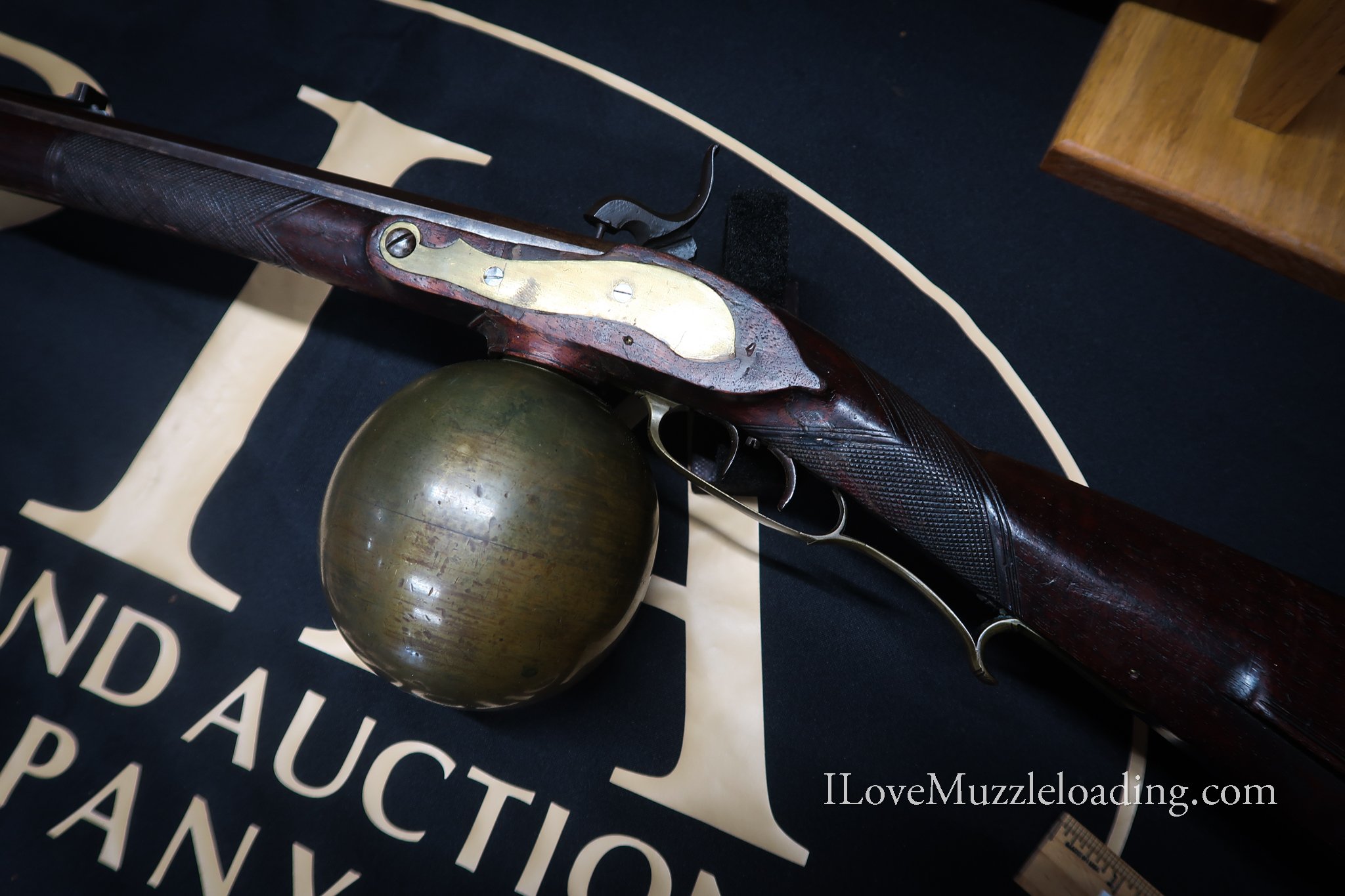
Edward Bate (1743-1810) was one of the most talented late 18th century air gun makers and was active in London. He was also among the few who produced high quality air pistols. Though this example offered looks like a flintlock long arm, it is actually a muzzleloading air gun with a copper ball reservoir, and the "flint" is a piece of walnut. Ball reservoirs were in use since the late 17th century and had the added advantage of being easily swapped out. The smoothbore part octagon barrel measures at approximately .50 caliber/13 mm with a swamped muzzle. Air guns of this style were used primarily for hunting. "Wind guns" had several advantages over conventional firearms including that they were quieter, smokeless, quicker to reload, and relatively unaffected by rain. They also required less cleaning since they did not require corrosive black powder like the flintlocks that this example is modeled after. The barrel has a blade front sight, notch rear sight, "BATE BROWNLOW STREET/LONG ACRE LONDON" marked in a box on top of the barrel, and floral and border engraving on the breech and fittings. The flat beveled step tailed lock is marked "BATE" at the center, with a ring neck cock. The well-figured walnut full stock is carved in relief with a shell at the barrel tang and at the tail of each flat. Floral engraving on the octagon end of the barrel, barrel tang, trigger guard, sideplate and buttplate tang. Includes a brass tipped wooden ramrod. Circular brass collection tag marked "R.D. BEEMAN/PRIVATE/COLLECTION/444" hanging from the trigger guard.
American Half Stock Ball Reservoir Air Rifle
This American muzzleloading air rifle dates to around the mid-19th century. It features an octagon barrel chambered in .40 caliber with five-groove rifling, dovetail mounted German silver bead front sight and dovetail mounted notch rear sight, a bar hammer style lock with external mainspring, double set triggers, half length walnut stock with checkered forend and wrist, brass furniture including a horse head patchbox with engraving, and a large brass ball reservoir. "Wind guns" had several advantages over conventional firearms including that they produced quieter, smokeless, quicker to reload, and relatively unaffected by rain. They also required less cleaning since they did not require corrosive black powder. Provenance: The Dr. Robert D. Beeman Collection